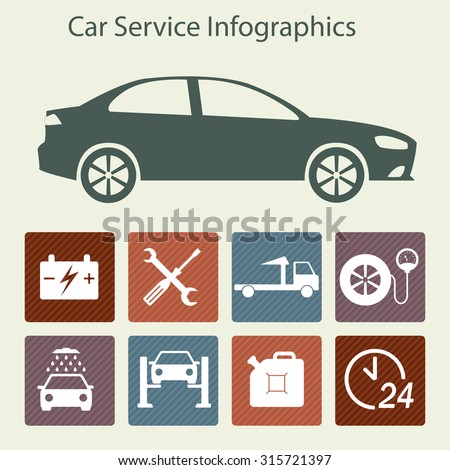Comprehending The Definition Behind Your Vehicle'S Caution Lights: A Thorough Appearance
Comprehending The Definition Behind Your Vehicle'S Caution Lights: A Thorough Appearance
Blog Article
Produced By-Faulkner Forbes
When you lag the wheel, those radiant warning lights on your dashboard can be a little bit perplexing. Do you know what they're attempting to inform you concerning your cars and truck's health? Understanding the relevance of these lights is vital for your safety and security and the longevity of your vehicle. So, the next time among those lights pops up, wouldn't you intend to understand its message accurately and take the necessary steps to address it?
Common Warning Lights and Interpretations
Identify usual warning lights in your vehicle and recognize their meanings to ensure safe driving.
https://israelojezt.creacionblog.com/29841967/a-newbie-s-fast-lane-to-cars-and-truck-detailing-in-less-than-an-hour of the most typical warning lights include the check engine light, which signifies problems with the engine or discharges system. If this light comes on, it's essential to have your automobile checked immediately.
https://zanderlfaup.wizzardsblog.com/29961582/interested-concerning-automobile-describing-materials-discover-the-must-have-devices-and-experienced-recommendations-that-will-certainly-elevate-your-detailing-abilities-as-a-novice warning light shows low oil stress, requiring prompt interest to avoid engine damages.
A blinking battery light might suggest a defective charging system, potentially leaving you stranded if not dealt with.
The tire pressure monitoring system (TPMS) light alerts you to low tire stress, impacting car security and fuel effectiveness. Overlooking this could result in hazardous driving problems.
The ABS light indicates a problem with the anti-lock braking system, compromising your capacity to stop rapidly in emergency situations.
Last but not least, the coolant temperature level alerting light warns of engine getting too hot, which can result in extreme damages otherwise dealt with swiftly.
Comprehending these usual caution lights will help you resolve problems immediately and maintain risk-free driving problems.
Value of Prompt Interest
Recognizing the common caution lights in your auto is just the initial step; the relevance of quickly attending to these warnings can not be emphasized enough to guarantee your safety on the road.
When a caution light brightens on your dashboard, it's your vehicle's means of communicating a prospective issue that needs attention. Disregarding these warnings can lead to more extreme problems later on, endangering your security and potentially costing you extra out of commission.
Motivate focus to alerting lights can prevent malfunctions and mishaps. For instance, a flashing check engine light can show a misfire that, if left ignored, might cause damage to the catalytic converter. Addressing https://tysonnhdyr.slypage.com/30476311/triumph-chronicle-breathing-new-life-right-into-a-neglected-automobile-with-detailing can conserve you from an expensive repair.
Similarly, a brake system advising light could signify low brake liquid or used brake pads, crucial parts for your security when driving.
DIY Troubleshooting Tips
If you discover a caution light on your dashboard, there are a few DIY troubleshooting pointers you can try before seeking professional help.
The primary step is to consult your cars and truck's handbook to understand what the details caution light suggests. In some cases the concern can be as basic as a loose gas cap causing the check engine light. Tightening the gas cap may resolve the trouble.
One more usual issue is a reduced battery, which can trigger various alerting lights. Checking https://www.wktv.com/news/local-auto-shop-no-stranger-to-shortages-seen-in-garages-nationwide/article_985a371e-86a7-11ec-8edd-43727250906f.html for deterioration and guaranteeing they're secure might deal with the problem.
If a caution light continues, you can attempt resetting it by disconnecting the car's battery for a couple of minutes and afterwards reconnecting it. Additionally, examining your vehicle's fluid degrees, such as oil, coolant, and brake fluid, can assist repair cautioning lights related to these systems.
Final thought
In conclusion, comprehending your auto's warning lights is necessary for keeping your vehicle running smoothly and securely. By promptly attending to these signals and recognizing what they mean, you can avoid costly repairs and possible break downs.
Remember to consult your auto's manual for specific details on each cautioning light and act as necessary to guarantee a trouble-free driving experience.
Stay informed, remain safe on the road!
